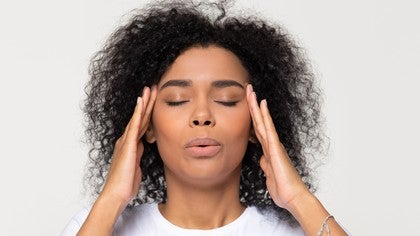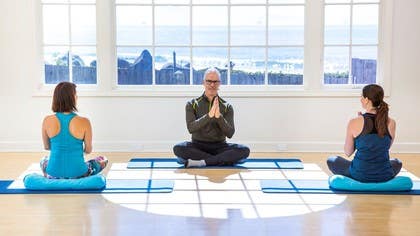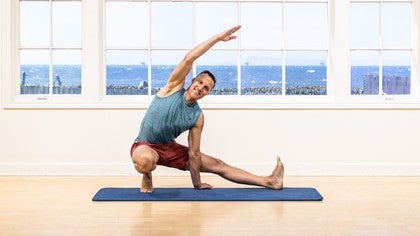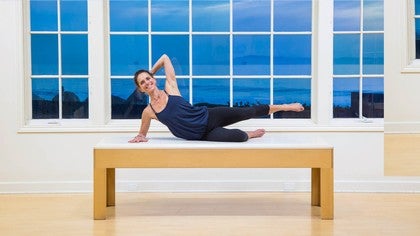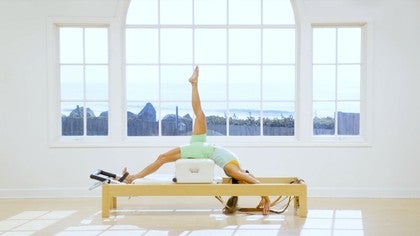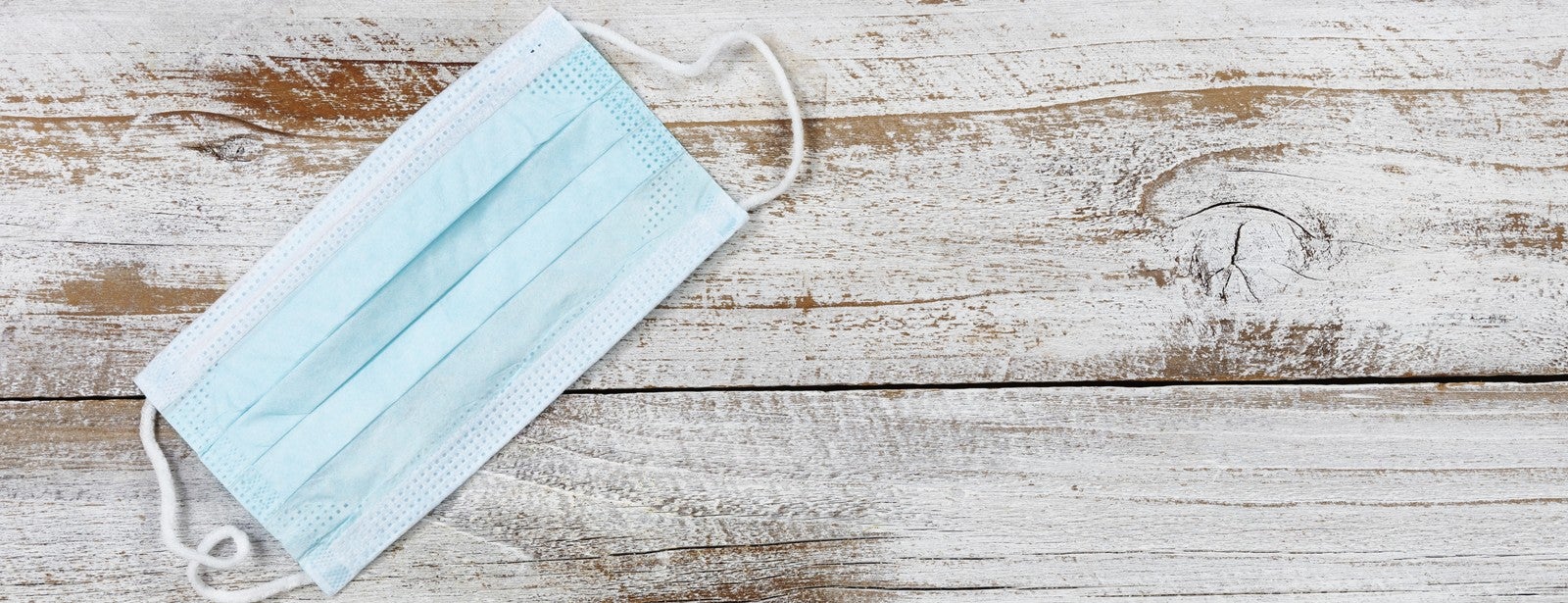
Protecting Your Studio from the Coronavirus
We know that many people have already affected by this confusing viral outbreak. It is a growing concern around the world that we hope will be contained soon.
The Center for Disease Control (CDC) currently believes that the COVID-19 is mainly being spread in two ways:
- Person to person contact:
Between people who are in close contact with one another (within about 6 feet). Respiratory droplets are produced when an infected person coughs or sneezes. These droplets can land in the mouths or noses of people who are nearby or they can possibly be inhaled into the lungs. - From contact with infected surfaces or objects:
By touching a surface or object that has the virus on it and then touching your own mouth, nose, or possibly your eyes. This is not thought to be the main way the virus spreads.
For those of you who own or manage a Pilates studio, there are several extra precautions you can take to help prevent the unintentional spreading of this virus, especially in group class settings. Here are 11 ideas to help your community feel safe and stay healthy (these are not full proof solutions).
1. Encourage sick students (and teachers) to stay home.
The welcoming atmosphere and open-door policy of most Pilates studios can make it emotionally difficult to exclude anyone from practicing. Also, the comfort of being in a group class can help students stay motivated to keep practicing or keep them accountable to show up. However, part of your role as an owner or manager of a Pilates studio is to create a safe space. Sometimes that means setting boundaries.
2. Encourage everyone to wash their hands.
Make it easy for everyone (teachers and students) to wash their hands once they enter the studio (remember that the optimal duration is 20 seconds or the amount of time it would take to sing the "Happy Birthday" song twice). Provide soap and paper towels for drying. If your bathroom has a key, provide disinfecting wipes or similar solution to reduce everyone having to touch the same key. Know that this policy might make it more difficult to start class on time.
3. Provide hand sanitizer.
While it's not as effective as washing your hands with soap and water, it is still helpful if you are in a pinch. Hand sanitizers with at least 60 percent alcohol tend to be the most effective according to the CDC.
4. Encourage teachers to minimize physical contact with students.
Physical contact, especially hands-on adjustments are a great way to guide students, but minimizing physical contact can reduce the risk of getting sick. Because of this, you can work on perfecting other skills, like verbal cueing or demonstrating.
5. Encourage students to stop touching their faces.
Our quirky human need to touch our faces is one of the primary reasons these viruses spread so fast. Bringing this habit into awareness for everyone will help to stop the spread of illness.
Also, many of us were taught to sneeze and cough into our hands when we were kids. There is actually a better way to prevent spreading germs. The World Health Organization (WHO) suggests “covering your mouth and nose with your bent elbow or tissue when you cough or sneeze. Then dispose of the used tissue immediately.”
6. Share useful (non-inflammatory) information.
There is a lot of scary speculation flying around. Reading about deaths and outbreaks near or around you can cause a natural internal panic. This episode of New York Times’ The Daily, The Coronavirus Goes Global, provides context and perspective on the scale and relationship to other global outbreaks.
7. Encourage students to bring their own Mat.
Mats should be cleaned after every class but encouraging your students to bring their own Mat will help them feel more at ease. It will also help to avoid sharing germs as there are so many exercises that require your face and hands to touch the Mat.
8. Cover pillows with washable towels.
If pillows are used in class (or other props that can be used as a pillow), a towel should be placed over it to keep it clean. Ultimately, it’s best if everyone brings their own towels. Until that is a habit, you can provide washable terry cloth towels for people to use when using pillows or putting props near their faces. Make sure to wash these towels regularly.
9. Clean the equipment (including the handles and loops), and props with disinfectant.
After every class, clean the equipment, props, and accessories. Choose or make a solution that will work. It would be even better if people start to bring their own props.
One option is to have people purchase their own loops from companies like, Good Citizen so they know that they aren't sharing germs with others.
10. Clean studio and restroom regularly.
Make sure you have a regular schedule to clean and disinfect your studio. This includes wiping down surfaces and door handles in studios, reception and retail areas, and most importantly, restroom areas.
11. Get some fresh air!
Being in a closed space can expose you to germs due to recycled air that is circulating in the studio. If possible, open windows and doors to get fresh clean air into your studio because getting fresh air is a great way to boost your immune system.
We recommend staying informed and responding appropriately as this global situation is updated. It is a great practice to let your clients know about the changes you are making to help them feel safe so they keep coming back. Also, to help other studio owners, please share what you are doing and post links to other resources in the comments below.
Comments
You need to be a subscriber to post a comment.
Please Log In or Create an Account to start your free trial.

